End of Summit
For travelers wondering in Yunnan, the South of Colorful Clouds province in China, Kunming is not only a place where you can have a rest but also a place where you can see beautiful flowers everywhere throughout the four seasons. The 10th Magnesium Summit, hosted by Asian Metal and sponsored by Shanxi Fuhengdi Metallic Materials Co., Ltd. and Xiamen ITD Group Corp., Ltd., was held in Kunming on September 15-16, 2022. Topics presented at the Summit included magnesium ingot, magnesium powder, magnesium alloy, aluminum alloy, titanium sponge, magnesium casting, extrusion section, and magnesium scrap. Thanks to wide supply from magnesium industrial insiders, there were nearly 200 representatives taking part in the meeting.
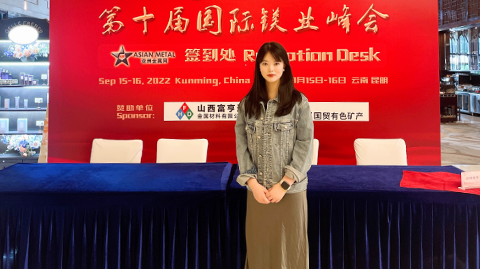
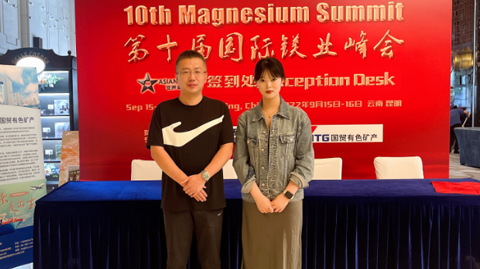
Sign-in
Sign-in
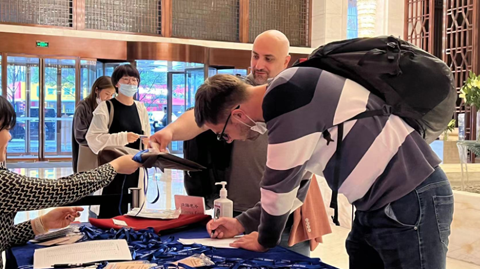
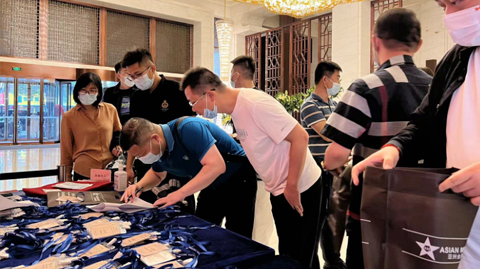
Sign-in
Sign-in
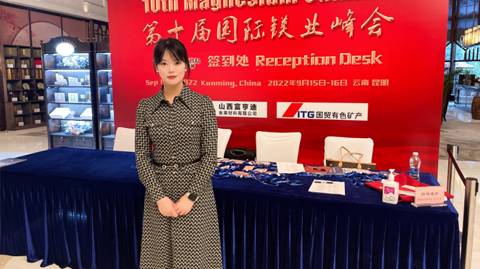
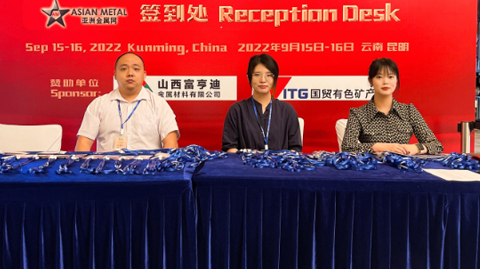
Sign-in
Sign-in
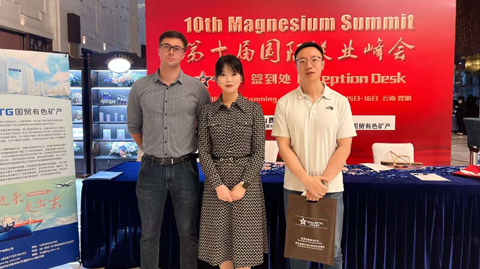
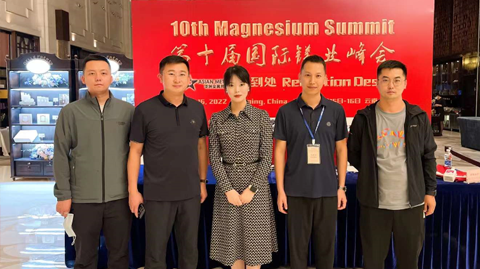
Sign-in
Sign-in


Sign-in
Sign-in
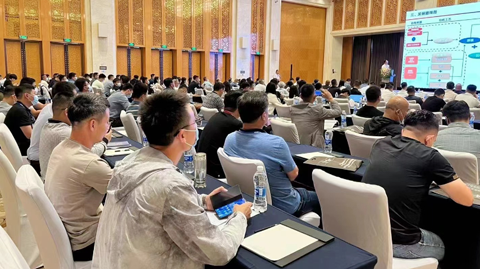
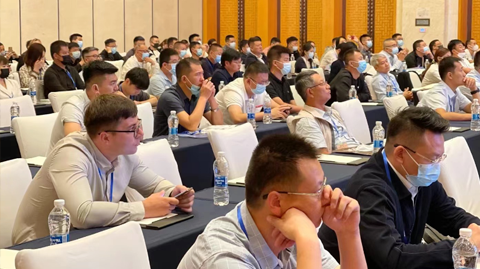
Ongoing forum
Ongoing forum
The Summit started with the opening speech by Mr. Juncai Chai, Chairman of Board of Shanxi Fuhengdi Metallic Materials Co., Ltd., at 9:00 on the morning of September 16. Mr. Chai first extended appreciation to all participants for their coming to the meeting despite the recurring COVID-19 risks and ongoing typhoon. He pointed out that in 2021 the global COVID-19 epidemic led to crisis in supply chains and China implemented energy consumption controlling policies (both on totality and intensity of consumption), and in 2022 the Russia-Ukraine conflict led to energy crisis in Europe. Under such a background, Chinese magnesium industry participants forged ahead, rising to various challenges and crises facing them. Originating from a sole proprietorship enterprise set up in 2008, now Fuhengdi Metallic Materials is a joint-equity enterprise focusing upon professional magnesium powder production. It boasts a number of honorary titles, including national-level high-tech enterprise, Shanxi provincial leading small-sized Enterprise with special expertise, and enterprise producing strategic new-type materials. The company owns nine production lines for a variety of magnesium powder products and twelve production lines for military-purpose magnesium powder with a total annual production of around 20,000t. Thanks to over ten years of hard work, Fuhengdi Metallic Materials has owned certain renown both in China and overseas in the magnesium powder industry. Looking back, Mr. Chai had so many feelings inside, feeling lucky, proud and sense of mission. He felt that magnesium powder industry, as a deep processing section of the magnesium industry, faces various challenges. Firstly, magnesium powder is a hazardous chemical substance with flammable and combustible properties, so security is extremely important for the magnesium powder industry; secondly, frequent fluctuations in raw material prices exposed both upstream and downstream enterprises to greater potential risks and therefore depressed sound development of the magnesium powder industry. Mr. Chai called participants to provide their wise suggestions at this Summit and seek potential cooperation opportunities so as to strengthen cooperation between magnesium upstream and downstream companies and to stabilize prices and ensure supply.
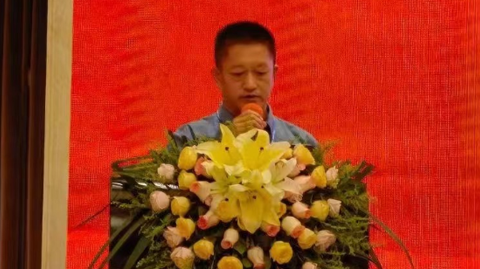
Afterwards, Dr. Weineng Tang, President of Research Institute of Magnesium and Magnesium Alloys and Deputy Director of Technology Center Baosteel Metal Co., Ltd. made a presentation entitled Build Full Magnesium Industry Chain and Create Magnesium Industry Ecosystem. Dr. Tang stated that, Baosteel Metal was set up in 2007, adopted light-weight business strategy in 2016, and became one of shareholders of Yunhai Special Metals in 2018 as part of its development strategy. In 2020 Baosteel Metal increased its stake in Yunhai Special Metals to 14% and commenced construction of Chaohu light-weight project in the same year. In 2021 Anhui Baomei project went into construction and phase one of Baomak Technology Chaohu light-weight project went into operation. Compared with an annual aluminum production of nearly 37.08 million tons, the magnesium metal industry has an annual production of only around 1.04 million tons, and China has the absolutely dominating role in global magnesium supply. Under carbon dioxide emissions and carbon neutrality policies both in China and in other countries, magnesium has outstanding effects in controlling carbon reduction in the full-life circle and therefore has very bright development potentials. No matter by which technique magnesium is produced, it has better carbon reduction effects than aluminum when used in auto parts. Magnesium, the lightest metal, has very outstanding effects in full-life-circle carbon reduction and therefore attracts increasing attention in the light-weight revolution. But Dr. Tang also mentioned some difficulties and challenges facing the magnesium industry, including; the mainstream Pidgeon process in magnesium production faces challenges since China implements policies on restricting industries on high energy consumption and high pollution emission, so the industry needs to achieve breakthroughs in green magnesium smelting technologies; there are no fundamental improvements achieved in the status quo of low single-tank magnesium metal production capacity, low reduction efficiency and low reduction-tank life cycle, so continuous reform and intelligentization upgrading are needed for the reduction system; current landfill treatment for reduction wastes is difficult to sustain and new comprehensive treatment techniques are needed to give more value to reduction wastes; The number of magnesium alloy grades for commercial purpose is still limited, and the market is in urgent need for advanced Mg-alloy materials with high corrosion resistance, sound high-temperature creep resistant performance and high strength and high thermal conductivity, and the magnesium industry still witnesses notable structural challenges; there is still a long way to go in developing magnesium alloy short-flow production technique which consumes less energy and raw materials and is environmentally friendly, and continuous efforts are needed to develop new forming techniques with higher efficiency but lower costs; Application of deep processed Mg-alloy products is still limited and has not been widely accepted; more work is needed to strengthen safety of supply chain and construction of Mg-alloy product data base; and under the carbo emission and carbon neutrality policy background, higher requirements are put forward for magnesium alloy recycling system and techniques. Baosteel plans to adopt following measures to advance developments of the magnesium alloy industry. Firstly, build a full magnesium industrial chain, including: controlling 1.9 billion tons of dolomite resources; integration of magnesium metal refining and magnesium alloy production, with production automation, energy saving and environmental protection factors added, and the company hopes to achieve a 50% share in the global Mg-based material market; guide users to use Mg-based materials, magnesium die-casting products, and magnesium extrusion products. Secondly, Baosteel will carry out full-swing joint research with universities on magnesium technologies. Thirdly, undertake innovation in magnesium full-chain technical process. Fourthly, advance major projects, including the Qingyang 300,000tpy Mg-based light alloy production and deep processing project. Fifthly, advance cooperation along full magnesium industrial chain and call on the whole industrial chain to codevelop Mg-based alloy technologies, application technologies and production technologies and ecosphere. Baosteel has initiated its cause of becoming a 1Mt Mg-based material producer so as to take lead in the magnesium industry.
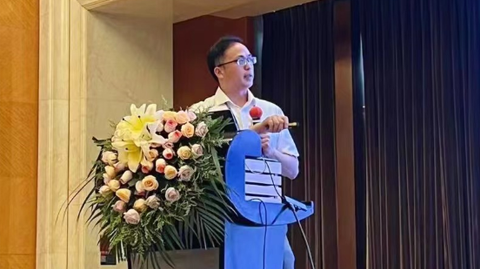
Next, Mr. Kai Cui, Depputy General Manager of Shanxi Yinguang Huasheng Magnesium Co., Ltd. made a speech entitled Demand and Development Trend of Magnesium Alloy Extrusion Products. Set up in 1988, Yinguang Huasheng Magnesium is a magnesium company integrating businesses of magnesium ore mining, magnesium metal refining, and deep processing of magnesium alloy, semi-continuous bar, extrusion, auto die-casting products, plate, pressing products and sand casting. It is a deputy-presidential level member of the magnesium branch of China Nonferrous Metals Industry Association (CNIA), a national level magnesium and magnesium alloy industry base, and a national key high-tech enterprise. It owns two national level technical innovation platforms (national level enterprise technical center and national-local joint engineering center). In the opinion of Mr. Cui, the magnesium alloy industry has clear development trends. The first is related to government policies. Chinese government attaches increasing importance to light-weight materials and national defense security, and a number of key industries and major science and technology research programs have identified clear and urgent need for light-weight materials. The second is in relation to demand for light-mass high-strength materials. In recent years, national science and technical programs, such as large-sized aircraft, high-resolution earth observation system, aerospace engineering, and deep space detection, showed urgent need for light-mass high-strength metallic materials. So how to lower weights of materials has become an important and urgent task for China’s aerospace and defense industries. In the future, China’s magnesium alloy material industry is expected to orientate its development in step with the country’s strategic needs with focuses on high-tech, precision and advanced materials. Mr. Cui thought they include:(1) develop magnesium alloy purification system: developing matching Mg-alloy melt treatment equipment and techniques is foundamental for improving quality of Mg-alloy melt and producing high-performance Mg-alloy products. (2) develop large-volume automatic, intelligentized semi-continuous casting system: Intelligentization is the inevitable development direction for conventional industries, and is also the basic condition for stabilizing techniques and producing high-quality Mg-alloy ingots. (3) develop high-ductility Mg-alloy plate and production equipment: developing high-ductility equipment is extremely important for solving existing challenges such as low ductility and formability. (4) Production and molding technology of low-mass high-modulus Mg-based materials: the industry needs to solve existing issue of low modulus of Mg alloy and further enhance modulus, strength and plasticity of Mg-based materials. (5) Large-specification, high-strength and heat-resisting rare earth-magnesium alloy casting technology: the industry needs to develop casting-forging integrated equipment for high-strength Mg-alloy parts so as to further advance application of Mg alloys in China’s aerospace industry. (6) Development of light-mass high strength Mg-Al alloy: here we need to solve the imbalance between strength and toughness of Mg-Al alloy and achieve technical breakthroughs in producing large-specification Mg-Al alloy. Under mixed impacts from rising raw material prices and stricter environmental protection policies in China, production costs for magnesium metal increased and magnesium prices reached a new high in 2021, imposing certain impacts upon the magnesium deep processing industry. Facing such sophisticated international situation and fluctuations in the market, we have to go all out to achieve a successful transition in the magnesium and magnesium alloy industries so as to expand applications of our light-weight magnesium technology. By turning China’s advantages in magnesium resources into economic advantages, we hope to make our contributions to China’s strategic transition from a big material production country to an advanced material production country.
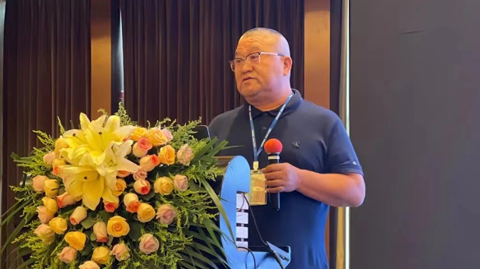
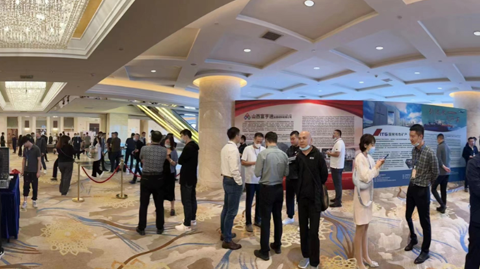
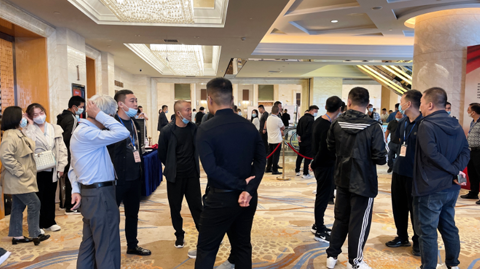
Tea break
Tea break
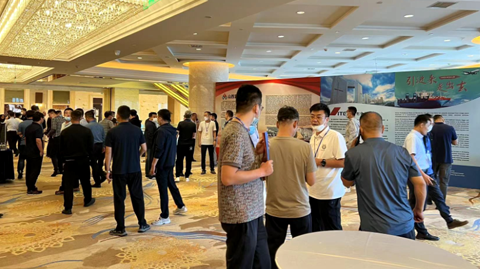
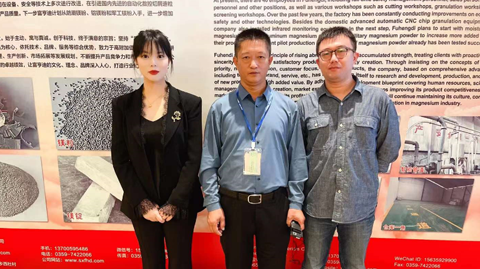
Tea break
Tea break
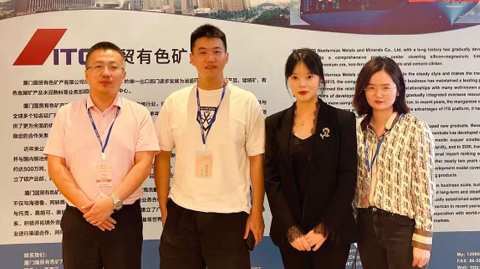
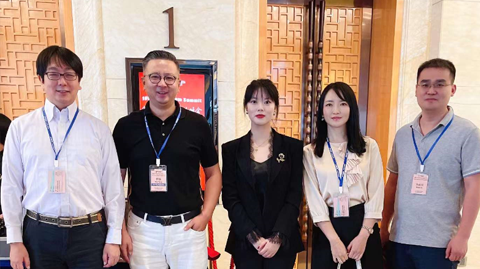
Tea break
Tea break
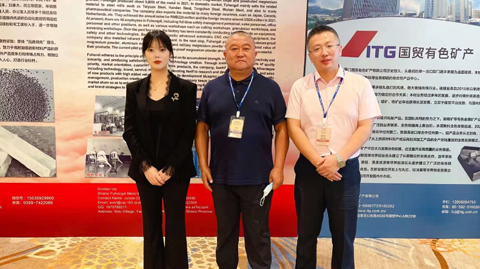
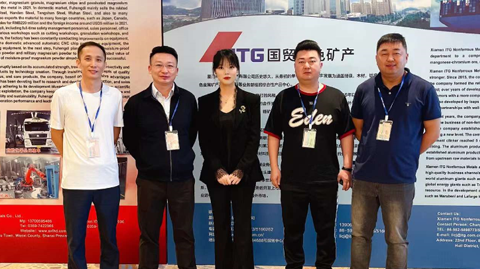
Tea break
Tea break
Afterwards, Mr. Rick McQueary, Sr. VP & COO Mag Specialties Inc. and President for IMA, delivered an online speech entitled Superior Magnesium Metal, He mentioned that IMA is increasing awareness of magnesium at key venues in the US, Europe, and Asia; the mission of IMA is to promote the use of the metal magnesium in material selection and encourage innovative applications of the versatile metal. He mentioned that participants in the global magnesium market pay close attention to production, inventory, price, cooperation and sustainability of the magnesium metal industry; in the next three to five years outside China, at least six projects are underway to be completed, which to some extents will help drive magnesium prices to get more reasonable.
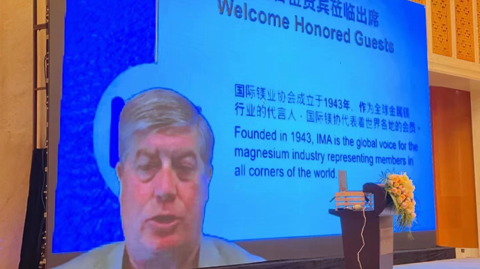
Afterwards, Mr. Ray Yang, Vice President of Shaanxi Tianyu Magnesium Group Co., Ltd., made a speech entitled Analysis of Magnesium Market Fluctuation under COVID-19. According to Ray Yang, after breakout of the COVID-19, the world’s two major economies increased their supply of money notably in 2021 and other countries followed suit. On August 12, 2021, China’s National Development and Reform Commission publicized a report on completion status of energy consumption controlling goals in H1 2021 by provinces. The report showed that Shaanxi faced a severe situation in controlling its energy consumption. In September 2021, government of Fugu county strengthened measures on restricting energy consumption of local industrial enterprises including magnesium producers. Consequently, most local magnesium plants suspended production and the market fell into supply shortage for some time. An environmental inspector group from the central government arriving in Shaanxi on December 4, 2022 pointed out that the city of Yulin had problems of haphazard development of high-energy-consumption and high-pollution projects, incapability in shutting down outdated semi coke production facilities, severe defaults in environmental protection performance of local industrial parks. In addition, over 20 magnesium plants in Yulin were found that their furnaces did not meet related industrial requirements, and this imposed uncertainties in their following technical rectification. Compared with in 2020, China’s magnesium metal production in 2021 did not vary greatly, but monthly production fluctuated notably, having certain impacts upon supply-demand balance in parts of the market. As Shaaxi, the major magnesium production base in China, owns growing magnesium market shares year by year, concentration of magnesium production plays a vital role in stabilizing prices. In 2021, total magnesium consumption on the Chinese domestic market decreased on the whole with the reduction volume reaching 56,800t, and total exports grew notably by 83,400t. Putting domestic consumption and exports together, in 2021 total demand grew by 26,600t or 2.8% from 2020. Regarding crude coal, its prices rose by 114% from January 2020 to December 2021 with the peak of increase hitting 382%, thus imposing great impacts upon stability of production costs of magnesium ingot. Regarding ferrosilicon, its prices rose by 54% from January 2020 to December 2021 with the peak of increase hitting 223%, having the same impacts upon stability off magnesium production costs. Magnesium metal prices soared from the lowest of RMB12,000/t (USD1,649/t) to nearly RMB70,000/t (USD9,621/t) with the increase rate hitting 483%, beating ever-recorded peaks in magnesium metal prices and its fluctuations. In looking forward for 2022 and the future, Ray Yang mentioned potential reduction in magnesium supply as a result of energy consumption restriction and environmental protection policies and potential reduction in foreign trade owing to the global energy crisis and high inflation, but demand from the Chinese domestic market has the possibility of recovery with domestic economic situation improving; magnesium production costs are uncontrollable and magnesium metal prices always fluctuate in step with changes in raw material prices including coal, ferrosilicon and dolomite, so fluctuations in prices will always exist. But based upon objective analysis on supply-demand, costs, and domestic and overseas environment, we believe that upstream and downstream participants as well as traders will take a more rational attitude toward fluctuations in prices, and magnesium metal producers will also try their best to maintain stability of the market.
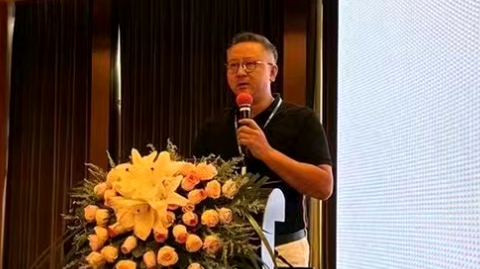
Afterwards, Mr. Junhu Zhou, General Manager of Shaanxi Yulin Magnesium Industry (Group) Co., Ltd. made a speech entitled Break Barriers and Work Together for A Win-win Situation - Thinking about Development of Magnesium Industry. His speech consisted of three parts: issues facing the magnesium industry; positioning of Yulin magnesium industry; and forming a magnesium community of shared interests. He pointed out that in 2021 the magnesium industry underwent the most violent fluctuations in history as prices for magnesium metal soared from the lowest of RMB14,000/t (USD1,924/t) to RMB71,200/t (USD9,786/t) with the biggest increase hitting 5.08 times. Thanks to a dozen years of development, the Yulin magnesium industry has gradually grown into the biggest magnesium production base in China and even in the world. But the Chinese magnesium industry also faced many challenges including weak market demand, the COVID-19 and other "Black swan" incidents, sharp increases in raw material prices, strict restriction policies on energy consumption and pollution emission, mismatched supply chain, difficulties in foreign trade, so at present the magnesium metal industry is in the window phase in its upgrading process and also in the most crucial period for high-quality development. During this period, the magnesium industry faced challenges such as wide potentials for increasing downstream application but actual slow growth, intensified fluctuations in magnesium price, unsured stability in supply chain, low concentration of the industry and lack of leading magnesium companies, stricter requirements on environmental protection, and unintegrated resources in technical research. By forming an “impounding pool” for the magnesium industry, Shaanxi Yulin Magnesium Industry (Group) relieved strong impacts from violently fluctuating magnesium prices; offered supply-chain-related financial service to upstream and downstream enterprises; and tried hard to advance technical reform and upgrading of the magnesium industry. Shaanxi Yulin Magnesium Industry (Group) hoped to help achieve the goal of forming a community of shared interests by enhancing integration of industrial and financial sections, enhancing cooperation between upstream and downstream enterprises, and introducing capital force.
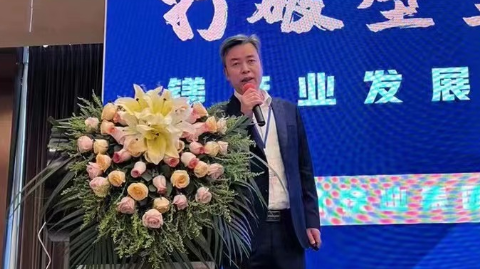
At 14:00, Mr. Alexander Rhomberg, President of Germany Almamet Magnesium delivered a speech Overview on Magnesium Granules Market. Almamet is a globally advanced supplier on molten iron desulphurization, Grignard reaction and Fireworks manufacturing. In his speech, Mr. Alexander Rhomberg pointed out that the global magnesium powder market has a size of 120,000-140,000t and magnesium powder has two major applications, including steel desulfurization and chemistry. In the first application, magnesium powder is an important raw material for integrated steel mills in their high-quality steel production; and in the second application, magnesium powder is mainly used in Grignard reagent, soldering, refractory materials, fireworks/signal detonator, and military fields. China’s magnesium powder production ranks the world’s first, accounting for a 63% share in the global market;India’s iron production keeps growing with its annual production capacity increasing year by year; South Korea and Vietnam are another two important forces for driving up iron production in Asia; but iron production in other countries kept decreasing mildly. Thanks to developments in various countries, market shares of high-quality steel increased. From a long-term point of view, magnesium consumption by the European iron smelting market is expected to decrease while magnesium consumption by the Asian market is expected to grow owing to its increasing steel production and growing market demand. Regarding the chemical market where magnesium application is small, it has smaller impacts upon magnesium powder production on the whole.
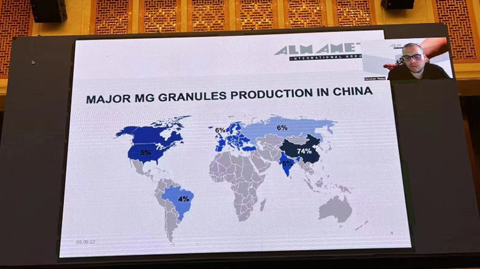
Afterwards, Mr. Timo Giamman, Senior Automotive Engineer of Mag Specialties Inc., delivered an online speech entitled European Magnesium Trends in Regulations and Applications. Mag Specialties has over 75 years history in the magnesium industry and owns magnesium alloy extrusion technology of over 9,000 shapes and 20 brands. It has ISO9001 identification and meets requirements of IAFT. Headquartered in Denver, the U.S., the company has plants in Mexico and magnesium product supply chains in Tianjin and Xiaoyi, China, and has sales centers in Detroit, Houston and Denver in the U.S., and technical support centers in Yokohama, Japan and Aschaffenburg, Germany. He pointed out that now in Europe controlling carbon dioxide emission is one of the major development trends and goal for the auto industry is to achieve zero emission by 2050. So there are 28 years ahead for us to eliminate 100% of carbon dioxide emission in our existing production process. It means that from now on we need to cut carbon dioxide emission at a yearly average rate of 4%, otherwise the goal of zero emission by 2050 will be impossible to achieve. Sustainable development is crucial for magnesium application in the auto parts industry, so we need to promote usage of magnesium in the market and enhance awareness of its effects in helping cut carbon emission, and we also need to reduce carbon emission year by year in the production process.
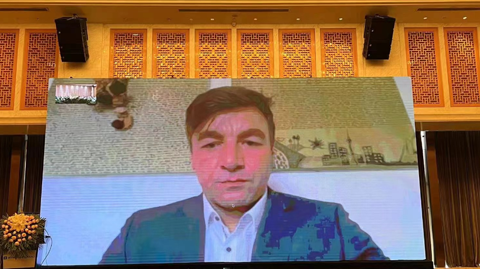
Afterwards, Mr. Yuchao Liu, Core Technical Engineer of Asia Pacific Technology R&D Center of Meridian Lightweight Technologies, made a speech on Application and Development of Magnesium Alloys in Automobile Industry. Meridian is a globally leading auto parts service provider focusing on magnesium alloy and aluminum alloy. It is the largest magnesium parts manufacturer around the world. In 1981 it began with die cast magnesium alloy production, and now it owns over 1,900 employees and seven production bases around the world. It has independent designing and research capacities. It owns 70 units of die-casting machine ranging from 500t to 4,500t, of which 30 units are of over 2,500t for processing, coating and assembling. Zhejiang Wanfeng Group was set up in 1997, growing from an initial motorcycle wheel hub producer to a globally leading manufacturer of auto/motorcycle Al-ally hub, Mg-alloy auto parts, and fixed-wing aircraft. Wanfeng has manufacturing plants and R&D centers in 12 countries, over 50% of its revenue comes from abroad, and one third of its assets are located overseas. Lightweight magnesium alloy has great significance. For internal combustion engine, a reduction of 10% can lead to an increase of 6-8% in its fuel efficiency; for battery power, weight reduction can help change size of batteries and increase maximum endurance mileage as a reduction of 100kg can give rise to an increase of 6-11% in maximum endurance mileage. Weight reduction of magnesium alloy is achieved mainly by replacing and integrating parts as well as by weight reduction in some extra compound parts. Generally speaking, a weight reduction of 20-50% can be achieved by adopting magnesium alloy die casts. According to New Energy Vehicle Industry Development Plan 2021-2035 issued by the State Council of China, by 2030 target usage of magnesium alloy will be 45kg.
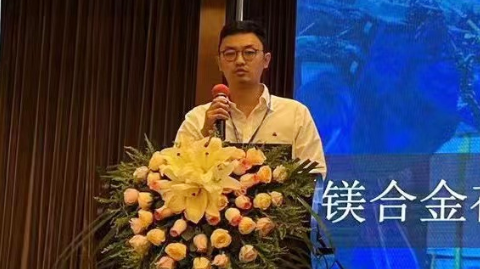
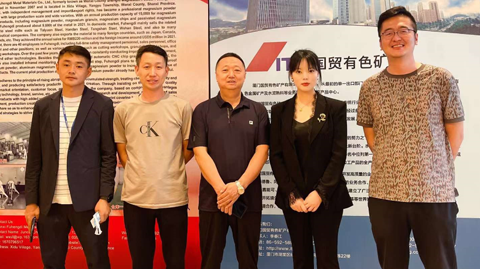
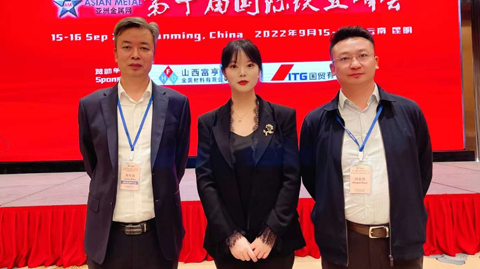
Tea break
Tea break
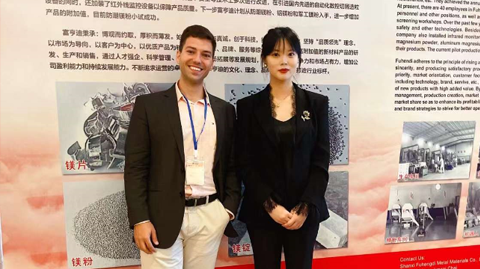
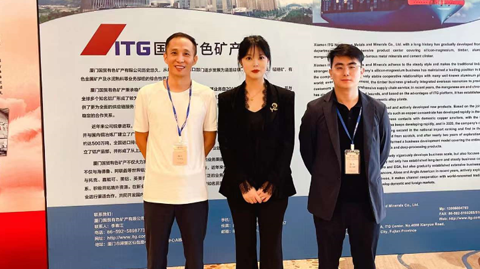
Tea break
Tea break
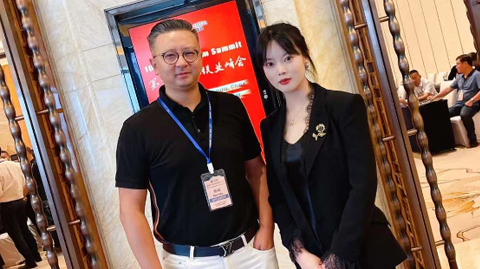
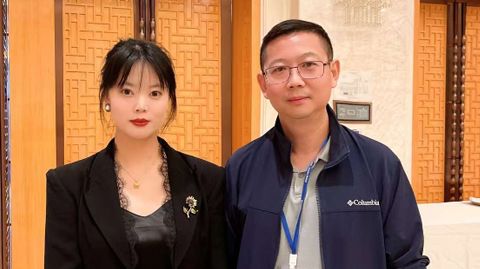
Tea break
Tea break
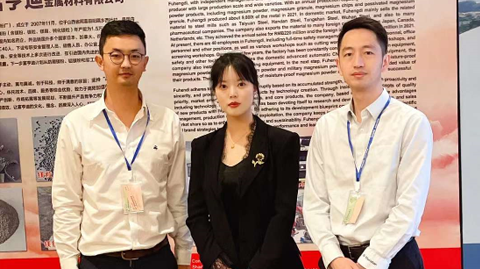
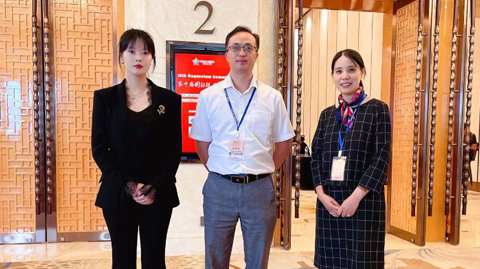
Tea break
Tea break
Finally, Asian Metal invited renowned magnesium companies both in China and overseas for group discussion. The discussion was hosted by Mr. Bin Gao, General Manager of Eon Yunhai Technology Co., Ltd. and was participated by the following representatives: Mr. Haibo Su, Deputy Chairman of Fugu Xintian Magnesium Alloy Co., Ltd.; Mr. Juncai Chai, Chairman of Shanxi FHD Metallic Materials Co., Ltd.; Mr. Changgao Cao, General Manager of Anhui Huanyue Material Technology Co., Ltd.; Mr. Guangning Zhang, General Manager of Shanxi Credit Magnesium Co., Ltd., and Mr. Yangchun Tan, Chairman of Foshan Meilihao Bicycle Parts Co., Ltd. Participants held wide discussion on a number of topics including: outlook for magnesium supply by Shaanxi producers under the background of semi-coke furnace upgrading; status quo and outlook on magnesium product export under the energy crisis background; status quo and outlook on magnesium powder market; status quo and outlook on magnesium alloy applications in the auto industry; status quo and outlook on magnesium architectural template; demand for and development of magnesium die-casting and extrusion products; status quo on supply-demand relation in the magnesium scrap market and trend of magnesium scrap applications.
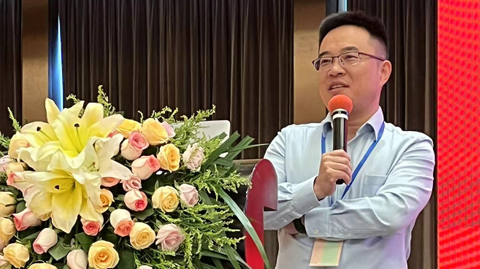
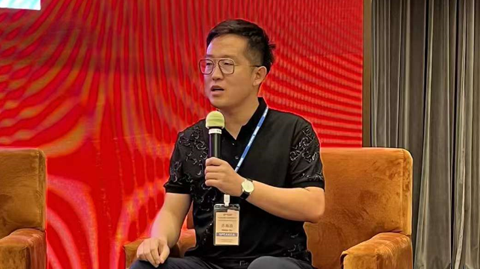
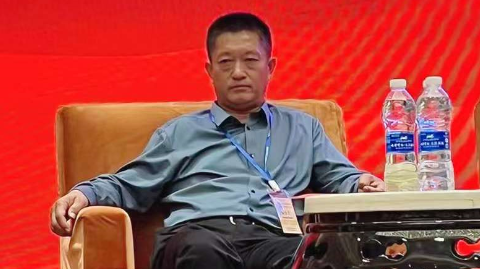
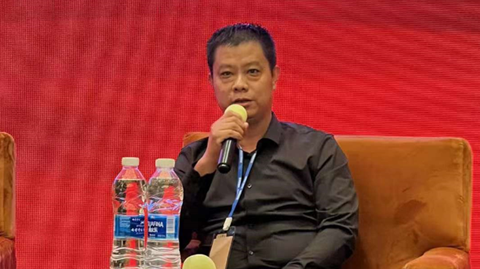
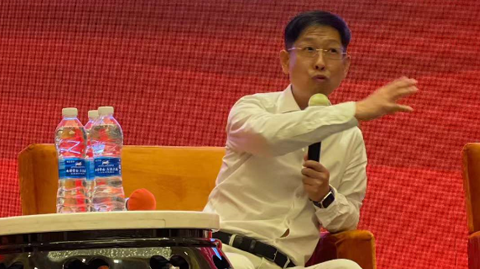
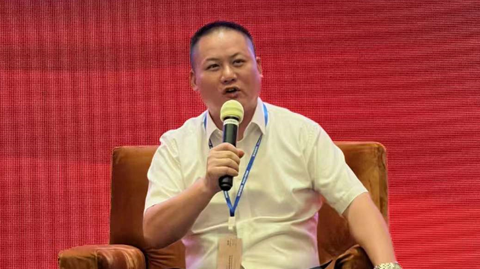
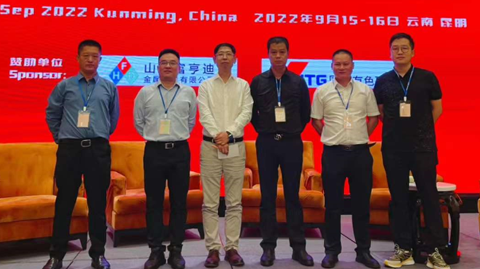
Attendees
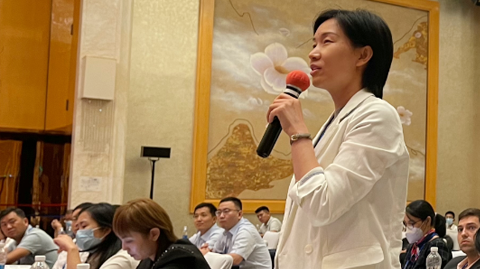
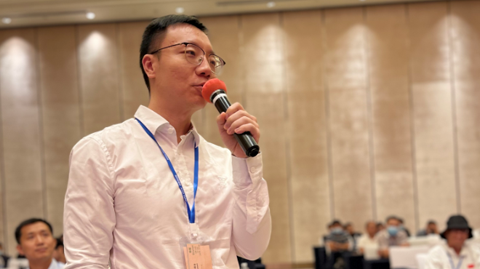
Discussion
Discussion
At 18:00, September 16, the 10th Magnesium Summit was concluded. Asian Metal, as the summit organizer, will continue to serve the magnesium industry by organizing more international magnesium summits with unfading enthusiasm and assiduous professional spirit. Let us meet again at the 11th Magnesium Summit!
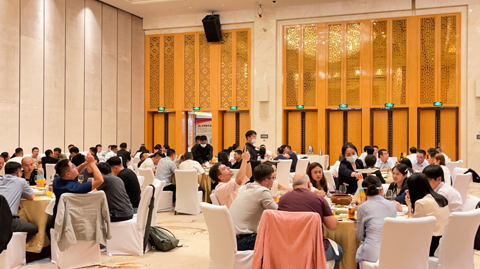
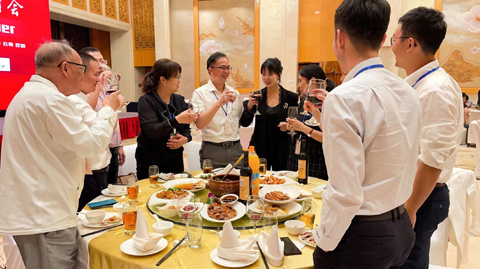
Reciprocal dinner
Reciprocal dinner
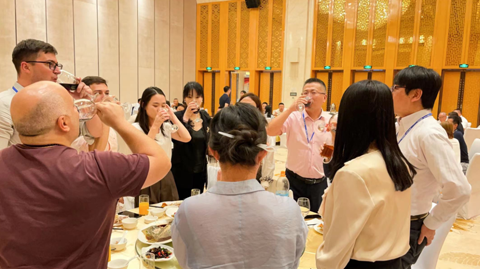
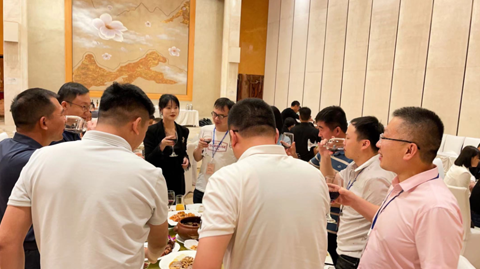
Reciprocal dinner
Reciprocal dinner
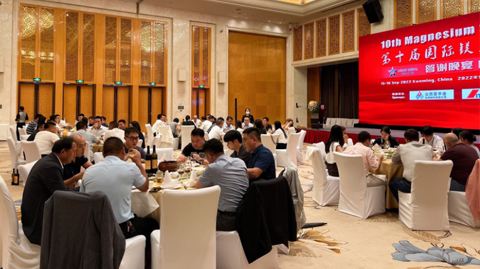
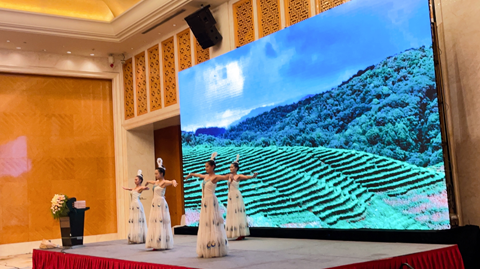
Reciprocal dinner
Reciprocal dinner

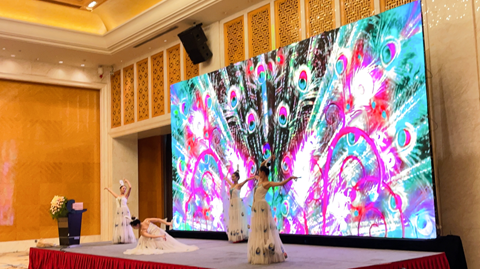
Reciprocal dinner
Reciprocal dinner